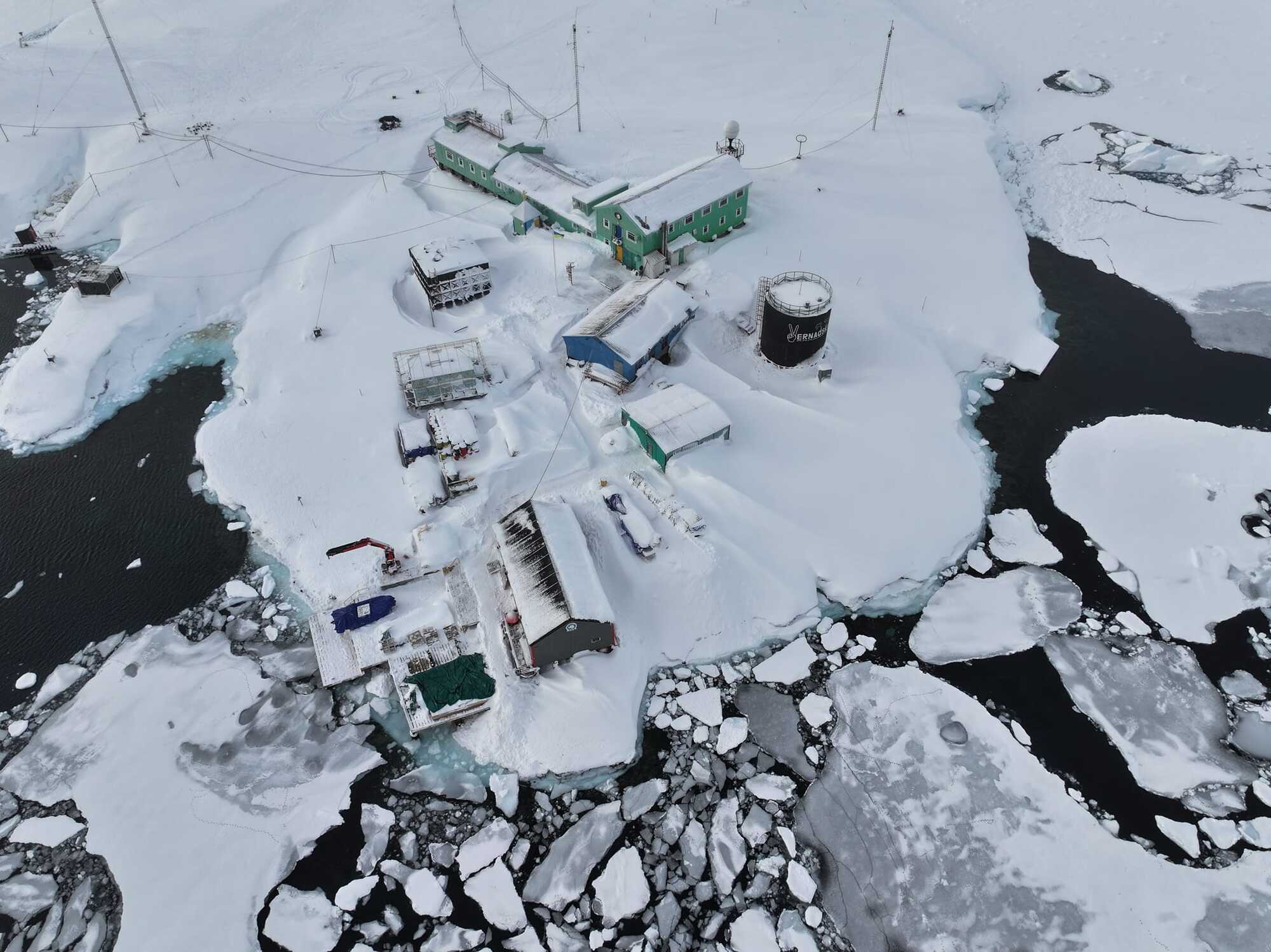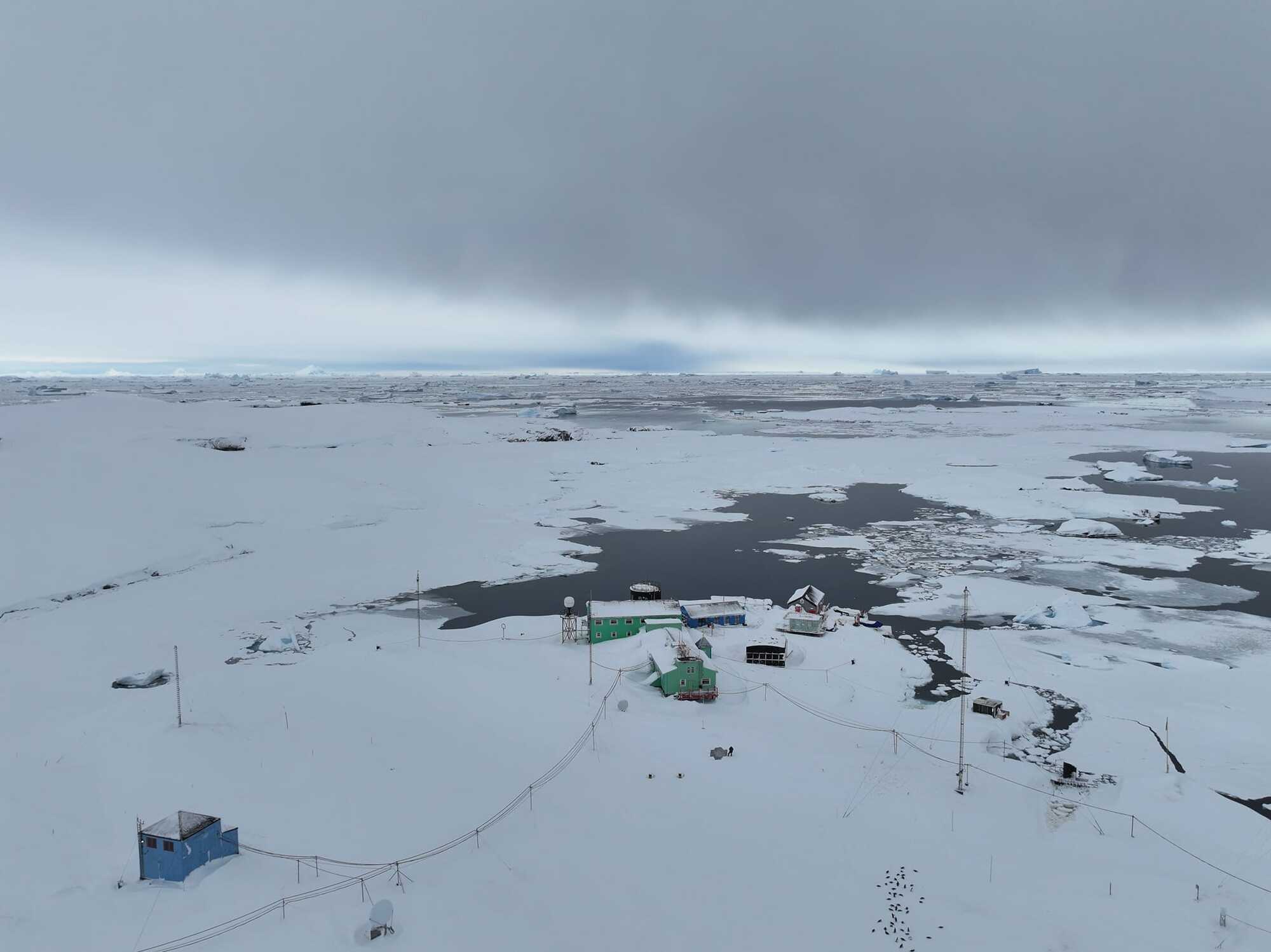News
The winter near the Ukrainian station in Antarctica has become the coldest in the last 6 years: why this is good news
As summer begins in the Antarctic, Ukrainian polar explorers emphasize that this year's winter near the Akademik Vernadsky Arctic station has become the coldest in the last 6 years. However, according to the researchers, this is good news.
After all, the cold winter indicates that it did not support the trend of its predecessors in terms of warming and positive temperature anomalies. Ukrainian scientists wrote about this on the Vernadsky's Facebook page.
Back in July, meteorologists predicted that the winter of 2024 would be cool and snowy. After all, in May, a cold water mass established in the ocean west of the Antarctic Peninsula. Since then, it has not only persisted, but also spread to the entire western Antarctic, the polar explorers noted in the post.
Therefore, the winter was the coldest in the last 6 years. "Although the lowest temperature only dropped to -14.7°C, the periods of cold snaps were definitely long. The previous autumn months were also colder than the current norm," said Denys Pishniak, head of the Department of Atmospheric Physics and Geocosmos at the National Academy of Sciences.
According to the scientists, relatively little snow has accumulated near the Ukrainian polar station: 180 cm compared to 300 cm in 2022. However, this is quite natural for cool winters, when dry air masses from the continent often dominate the area.
But a lot of sea ice has formed around Vernadsky, which is very important. "This ice prevents the ocean from releasing heat into the air and at the same time heating up from the sun's rays. It is also actively used by Antarctic animals," the experts note.
Now, thanks to the spread of the cold water mass, there is no significant warming near Vernadsky, so it is likely that the glaciers around the station will be quite comfortable this summer, polar explorers assume.
Climatologists closely monitor the course of polar winters. "The fact is that in the polar regions, warming trends are greatest in the months of the cold half of the year, while average temperatures in summer increase only slightly. The winter cold reserve in the glacier strata affects the rate of their destruction in the summer. Therefore, their melting during the warm period depends on how cold the winter was," explained Denys Pishniak.
We remind you that the winter of 2022 was the warmest in the history of observations in Antarctica, and in 2023 it brought a "hot" anomaly: the temperature in July reached a record +8.7 degrees.
Only verified information is available on our Telegram channel OBOZ.UA and Viber. Do not fall for fakes!





























